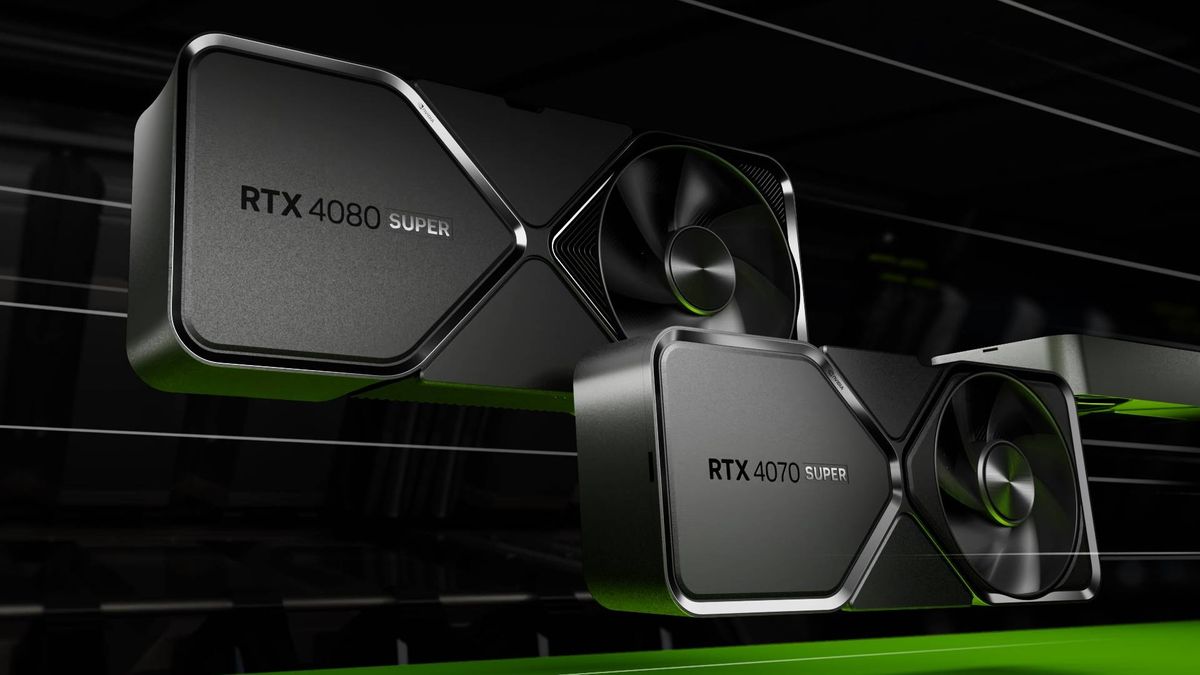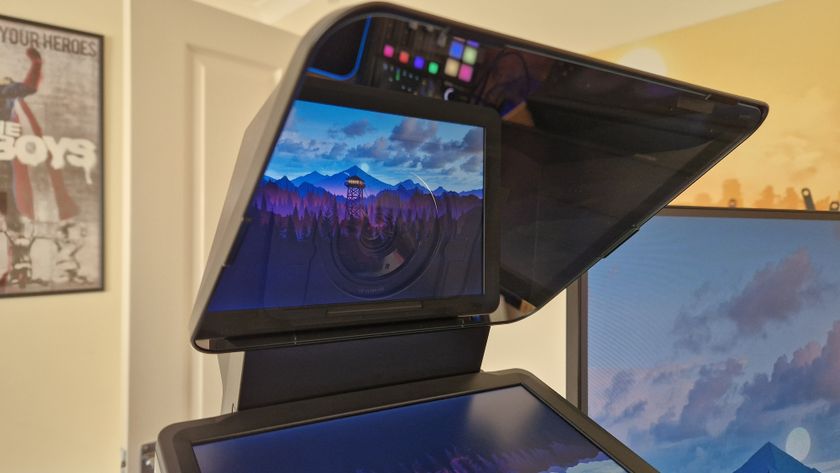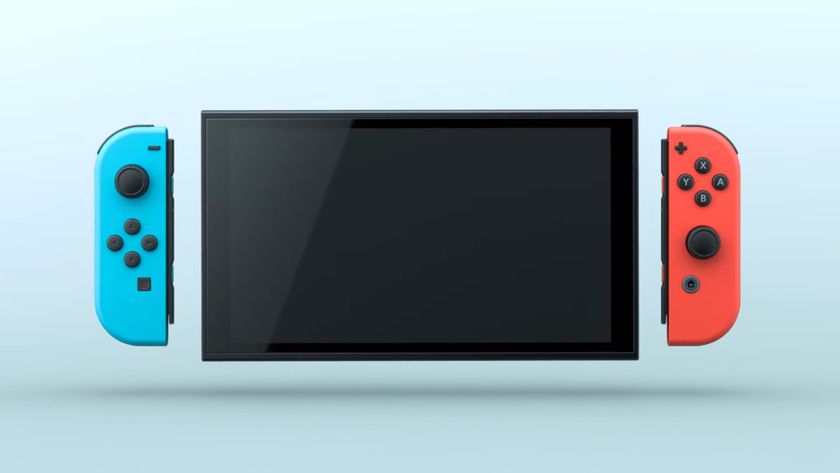Nvidia GeForce RTX 4080 Super is now officially a thing, and I don’t hate its price
Super GPU spec at a palatable price

The Nvidia GeForce RTX 4080 Super has officially landed thanks to a trio of CES graphics card announcements, and I’m pleasantly surprised. Not only are we also getting RTX 4070 and RTX 4070 Ti Super variants with more oomph, but the new range costs less than the original line-up. That’s great news for anyone that’s been holding off, and it’s a step in the right direction for the scene in terms of pricing and specs.
Needless to say, the original RTX 4080 was a controversial contender to the best graphics card race. While it’s undeniably an impressive card, its price tag arguably didn’t place enough distance between it and the Nvidia GeForce RTX 4090. Plus, while I still value it as a 4K GPU, I can see why many would opt for the cheaper RTX 4070 Ti. Thankfully, the newly announced wave of options strikes a much better balance between performance and cost, and I don’t feel remotely as grumpy about each option’s MSRP.
Unveiled in line with CES 2024, the Nvidia GeForce RTX 4080 Super will arrive on January 31 for $999 / £959. That’s $200 less than the original model that landed back in 2022, but it also now features a full fat AD103 GPU, more CUDA cores, and faster memory. Simply put, you’re getting something closer to the RTX 4090 for cheaper than before, which is sure to please enthusiasts who can’t justify spending over a grand on a single component.
If you’d rather keep to conventional pricing, you’ll instead want to turn your attention to either the Nvidia RTX 4070 Super or RTX 4070 Ti Super. The latter feels like the bigger revamp comparatively, as Nvidia has increased the SKU’s memory to 16GB and has also granted it a CUDA core bump. Those qualities in conjunction with a wider 256-bit memory bus should make for a pretty premium option, and while it still comes in at $799 / £769, it’s naturally better value for money than its predecessor.
The Nvidia GeForce RTX 4070 Super feels like the lightest revision announced, as the main difference between it and the original is an increased core count. However, the company is now framing it more as a more efficient RTX 3090 replacement, meaning it should theoretically offer up last gen flagship performance at 1440p. Just like every card announced, I’ll have to run my own benchmarks before knowing whether those marketing claims hold up, but it feels like we’re looking at what could be the GPU we should have received in 2022 to begin with.
| Model | RTX 4080 Super | RTX 4070 Ti Super | RTX 4070 Super |
|---|---|---|---|
| Price | $999 / £959 | $799 / £769 | $599 / £579 |
| GPU | AD103 | AD103 | AD104 |
| CUDA cores | 10,240 | 8,448 | 7,168 |
| Tensor cores | 320 | 264 | 224 |
| RT cores | 80 | 66 | 56 |
| Base clock | 2,295MHz | 2,340MHz | 1,980MHz |
| Boost clock | 2,550MHz | 2,610MHz | 2,475MHz |
| VRAM | 16GB GDDR6X | 16GB GDDR6X | 12GB GDDR6X |
| Memory bus | 256-bit | 256-bit | 192-bit |
As for release dates, the Nvidia GeForce RTX 4070 Ti Super will rock up on January 24, while the RTX 4070 Super will arrive first on Jan 17. Unlike with the RTX 4080 Super, the two 70-series cards will seemingly co-exist alongside the original variants, but we’ll need to wait and see how much this affects the price of older custom cards by board partners.
In Association with ROG Ally
Sign up to the 12DOVE Newsletter
Weekly digests, tales from the communities you love, and more
Looking for an entire rig? Be sure to check out the best gaming PCs for a collection of ready to go systems. Alternatively, take a peek at the best gaming laptops and best gaming handhelds for portable powerhouses you can take on the go.

I’ve been messing around with PCs, video game consoles, and tech since before I could speak. Don’t get me wrong, I kickstarted my relationship with technology by jamming a Hot Wheels double-decker bus into my parent’s VCR, but we all have to start somewhere. I even somehow managed to become a walking, talking buyer’s guide at my teenage supermarket job, which helped me accept my career fate. So, rather than try to realise my musician dreams, or see out my University degree, I started running my own retro pop culture site and writing about video games and tech for the likes of TechRadar, The Daily Star, and the BBC before eventually ending up with a job covering graphics card shenanigans at PCGamesN. Now, I’m your friendly neighbourhood Hardware Editor at GamesRadar, and it’s my job to make sure you can kick butt in all your favourite games using the best gaming hardware, whether you’re a sucker for handhelds like the Steam Deck and Nintendo Switch or a hardcore gaming PC enthusiast.











